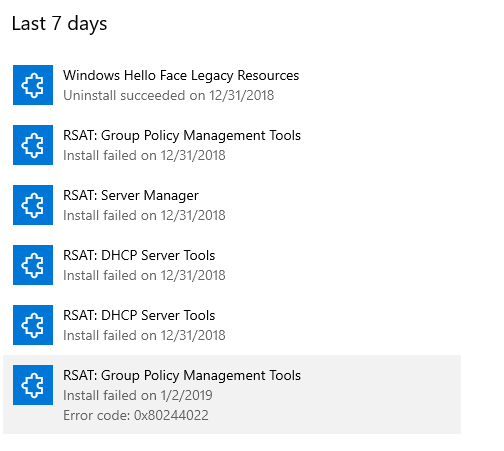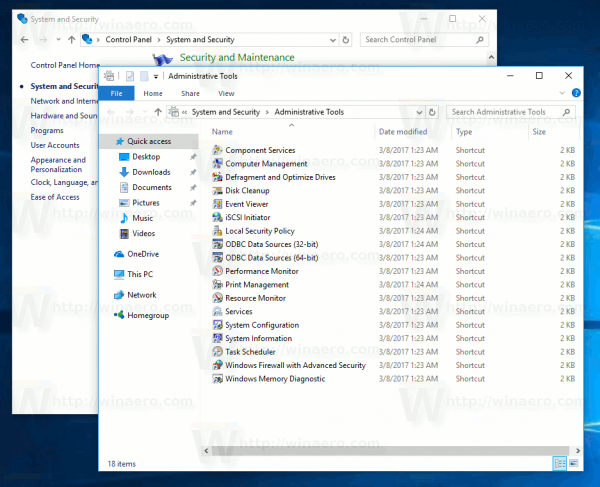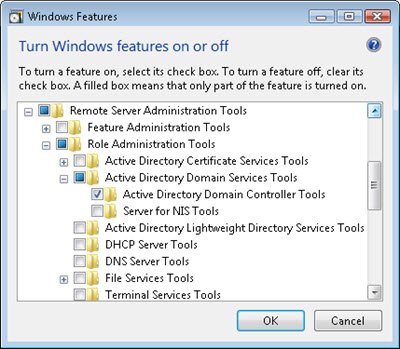

- Management tools windows 10 how to#
- Management tools windows 10 movie#
- Management tools windows 10 install#
- Management tools windows 10 windows 10#
Use Control Panel to Open Windows 10 Computer Management
Management tools windows 10 how to#
How to Open Computer Management in Windows 10 from Start Menu

Management tools windows 10 movie#
Related MiniTool free software you may like: MiniTool Partition Wizard, MiniTool Power Data Recovery, MiniTool ShadowMaker, MiniTool Movie Maker, and more. If you need to open Computer Management in Windows 10 to manage, monitor or optimize a computer system for better performance, security or other improvement, you can check the 9 ways below to easily open Windows 10 Computer Management. You can use it to access to a series of administrative tools like Event Viewer, Task Scheduler, Device Manager, Disk Management, Services Manager, etc. Windows Computer Management is a pack of Windows administrative tools Microsoft provides for users. Check the 9 ways in this post for how to open Computer Management in Windows 10. You can then run Exchange 2016 setup from an elevated CMD prompt and specify a management tools install.Windows provides a set of computer management tools for users to manage computer’s tasks and performance.
Management tools windows 10 install#
If you do need to install the Exchange management tools on your workstation (which Microsoft recommends if you’ll be frequently administering Exchange from that computer, and which I often do when I’ll be running a lot of scripts as scheduled tasks) then you do so for the following operating systems: The simplest way to do this is to add a function to your PowerShell profile for remoting to Exchange. Instead, you can connect to your Exchange servers using PowerShell remoting.

However, RDPing to your Exchange servers to perform administrative tasks is not very efficient, nor is it recommended. The Exchange Management Shell is installed automatically on your Exchange 2016 servers, and available from the list of apps on the start screen. PowerShell tends to be faster than the EAC, and is more efficient for many administrative tasks such as making bulk changes or pulling report data. The Exchange Management Shell is the PowerShell management interface for Exchange Server 2016 and is where most experience admins prefer to spend their time. To learn more about configuring these URLs read Exchange 2016 Client Access Namespace Configuration. The ECP URL typically matches the OWA (or Outlook on the web, as it’s now known) URL configured on the server as well, and as with other HTTPS services such as OWA and ActiveSync it can be load balanced across multiple servers. You can simply connect to the Exchange Control Panel (ECP) URL for your Exchange server from any web browser. In the EAC you’ll find a simple navigation structure, with sections on the left side for the main categories of administration such as recipients and servers, and then multiple sub-sections for specific management, such as mailboxes, groups and resources in the recipients section.Īs a web-based console there is nothing that you need to install on your administrative workstations to be able to manage Exchange. But over time it has been improved and works well today. In fact, when the EAC first appeared in Exchange Server 2013 it was fairly widely criticised and had some obvious deficiencies.

The Exchange Admin Center, a web-based management console accessed via your web browser.Exchange Server 2016 has two management interfaces that you will be making use of in your day to day administration:


 0 kommentar(er)
0 kommentar(er)
